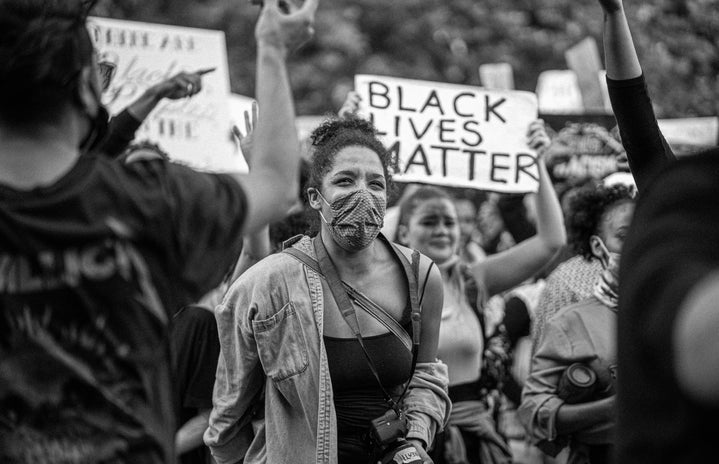How do you define activism? I describe it as any type of campaigning, protesting, or organized movement to bring about change (political, social, or economic) for a specific group of people. With recent events and Black History Month coming to a close, I thought it would be nice to focus on how Black Activism has changed over the years. Today our activism takes many forms. We march and protest, we post on social media, we boycott brands, establishments, and people, we participate in die-ins and sit-ins, and so much more. The advantage of technology and social media has allowed our movements to grow beyond our communities into other states and countries. Now we can spread the word to more people faster than ever before. We can raise money, sign petitions, and email officials within minutes. And in my opinion, that’s the most significant difference between how Black Activism was in the past and how it is now.
However, a lot of our strategies come from the past and are still effective to this day. We have been participating in and organizing most of these demonstrations since the 60s. Peacefully protesting to bring about the change we have desperately needed to see since the Civil Rights Movement. When we speak about the movements and activism of the past, we can’t help but think of people like Dr. Martin Luther King Jr., Rosa Parks, W.E.B. Dubois, Malcolm X, Thurgood Marshall, Coretta Scott King, James Baldwin, Ella Baker, Mary McLeod Bethune, and so many more. Those great individuals that founded the National Association for the Advancement of Colored People, the National Council for Negro Women, the Student Nonviolent Coordinating Committee; the leaders that started the Civil Rights Movement; the trailblazing African Americans that told us that we could do and be whatever or whoever we wanted — that we were deserving of equal rights, protection, and better lives. We think of newspaper articles, marches, sit-ins, boycotts, church gatherings, and radio broadcasts. We think of the times that made their dreams a reality in our present.
Some of the famous Black Activists today are Ciara Taylor, Stacy Abrams, Michelle Alexander, Melanie Campbell, Bryan Stevenson, us, and many more. In today’s society, we are all activists. We may not all be on the front lines, and those names that I mentioned may be the only ones in the headlines, but we are all actively working to implement and bring about change. Isn’t that awesome? We have so much power at our fingertips, and I can’t wait to see what else we do with it. We elected the first female Vice President of the United States of America — and she’s a woman of color. We turned Georgia blue this past election! We have stood up against police brutality, marched, posted, and protested in support of the Black Lives Matter Movement, and we aren’t even close to finished yet. We are making history! One day, someone may be writing about our movements and our actions as past events — maybe even celebrating them during Black History Month.
What I’m trying to say with this article is that even though some things and methods have changed within Black Activism (and activism as a whole), the message and power behind it hasn’t changed at all. Happy Black History Month everyone!


